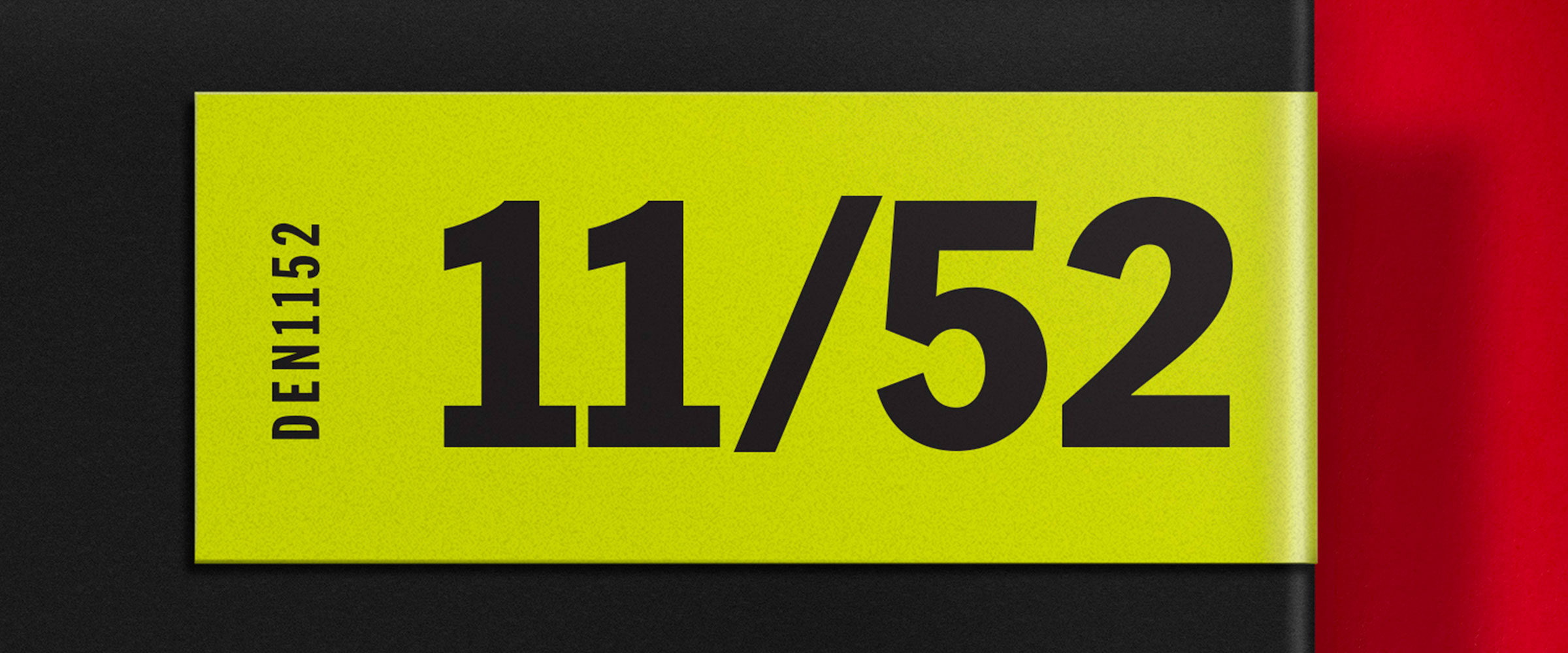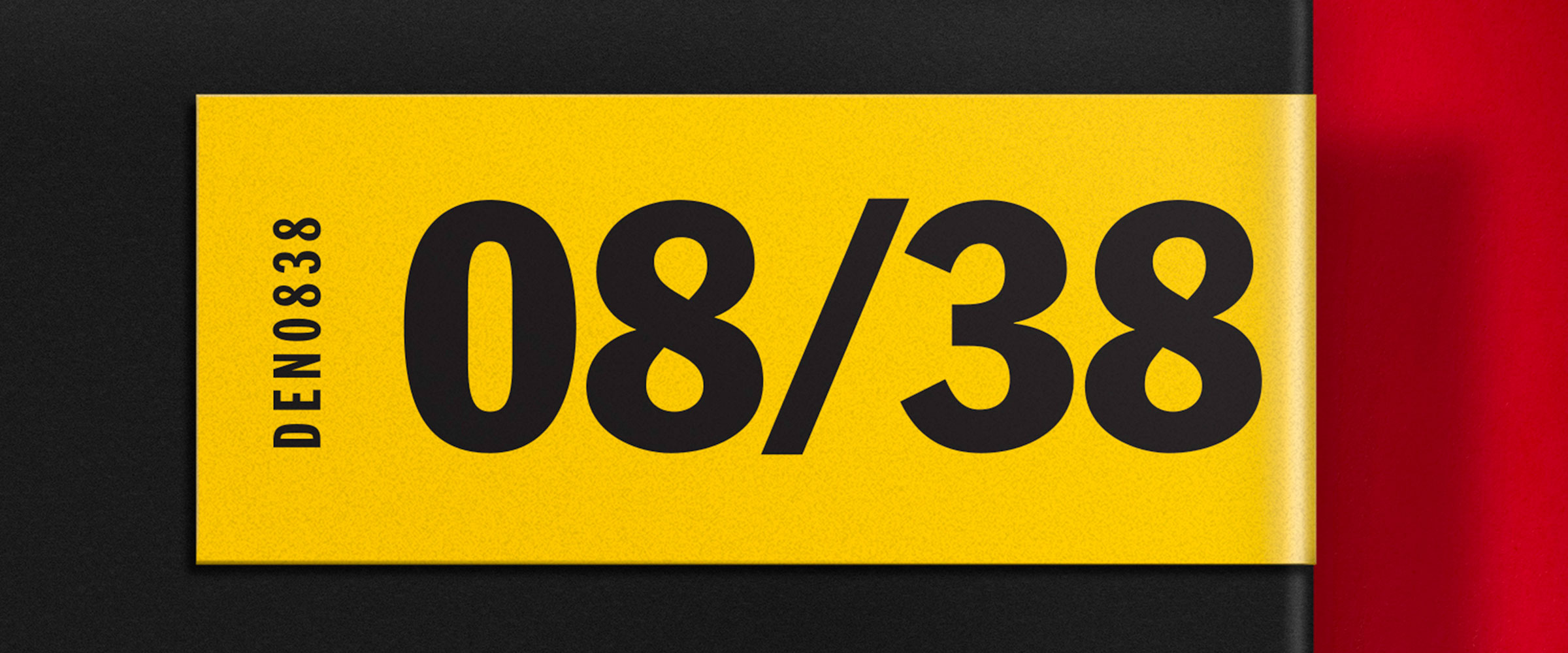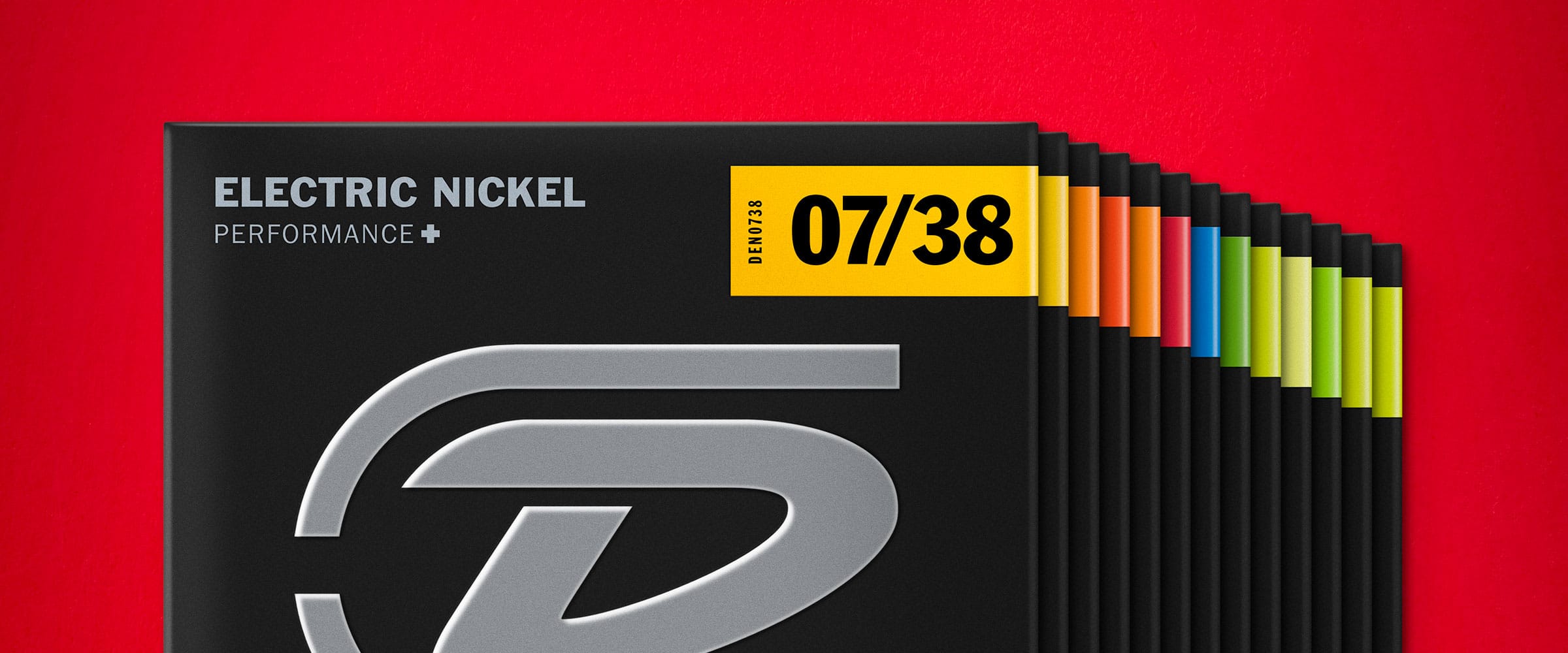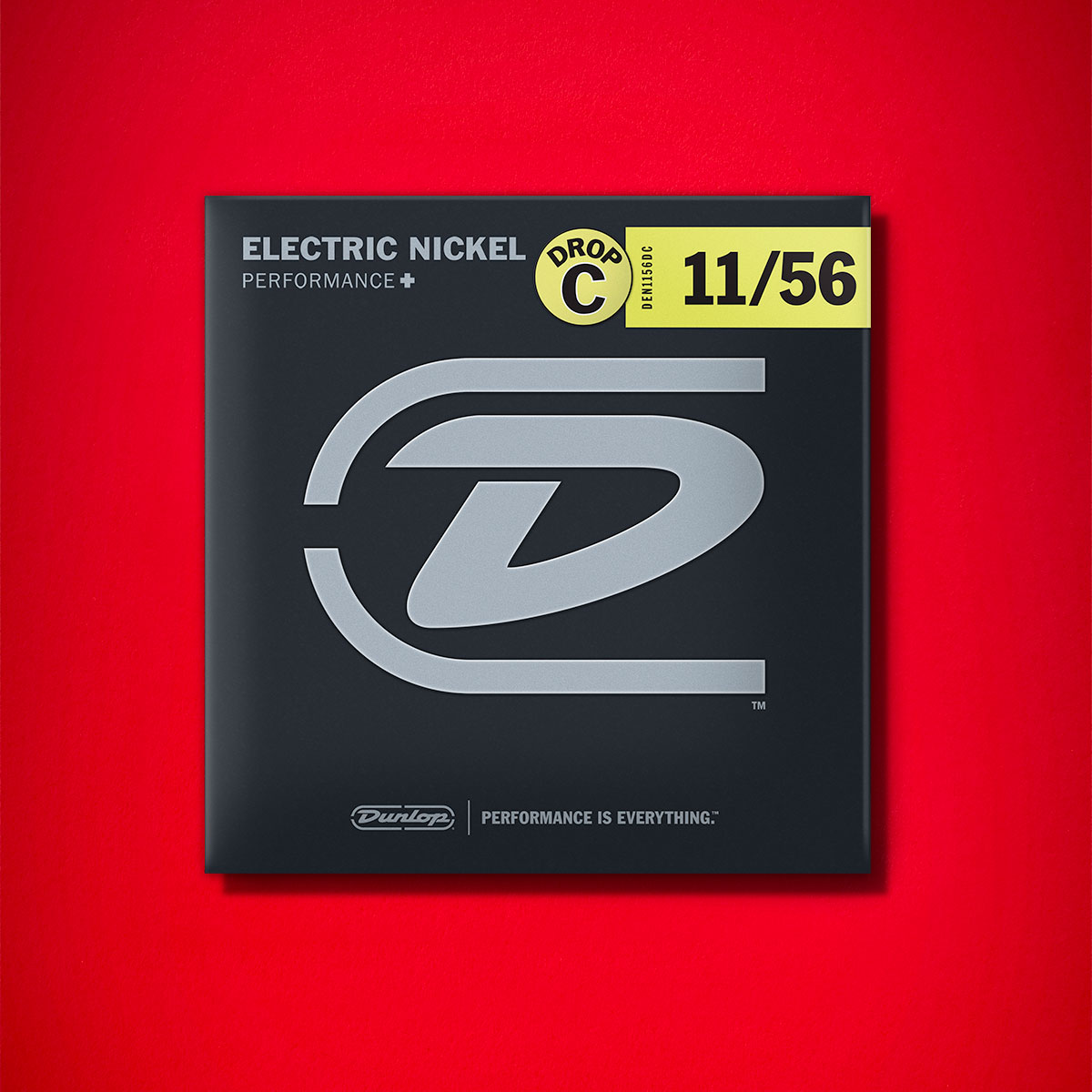Choosing the right set of strings is crucial for pulling off a satisfying and productive playing experience. The character of your sound and the fluidity of your technique both depend on the gauges you use to string up your guitar. Our Performance + line of electric guitar strings offers a full range of sets—which one is for you? Each set has been assembled for the perfect balance between comfortable tension and flexibility and a full tonal range that allows you to express yourself down to the finest detail. Each set achieves that balance in its own way. Don’t be intimidated by the number of sets available—we’re here to equip you with the knowledge you need to find the best set for your real-world needs as a player.

HOW DO YOU WANT TO SOUND?
The ultimate question for any musician. Strings are as important as any other part of your signal chain when it comes to your overall sound, and once you figure out what you want to sound like, they should be part of your mission to craft your perfect tone. Do you want to sound like Eddie Van Halen or Joe Bonamassa? Do you want to accentuate the tone of your Telecaster or balance out the tone of your Les Paul?
Light gauges offer brightness and clarity with a more focused low end while heavy gauges offer fundamental and resonance with a wider, fuller bottom. Whether you should choose one or the other depends on what sound you’re trying to get and with what equipment. If you want big, thick power chords, using a heavier set such as 11-52 is the way to go. On the other hand, if you’re trying to pull off ripping solos, and you want each and every note to pop, a lighter set such as 9-42 will be a big help. If you want to accentuate the brightness of a guitar or add some clarity to a darker sounding guitar, go with a lighter gauge—and vice versa.
Keep in mind that many variables are at play when it comes to your tone. A thinner string doesn’t necessarily mean a thinner sound depending on how the vibrations respond to the wood of your instrument, its scale length, or the EQ of your rig. Plenty of legends famous for huge tones—from Jimi Hendrix and Billy Gibbons to Tony Iommi and Eddie Van Halen—have made incredible use of light sets. The Rev. Billy once used 13s, but now he uses 7s and 8s, and he sounds as great as ever.

WHAT’S YOUR PLAYING STYLE?
You have an ideal sound that you want to achieve, but for the most rewarding playing experience, you need to achieve it in a way that fits with what feels right for you.
Light gauges are much easier on your hands, especially when hitting those ripping solos with epic bends. Lower tension means that you don’t have to apply as much force, which is really nice during an extended streaming or recording session. We mentioned above that Billy Gibbons switched from 13s to 7s and 8s, and when we asked him why, he said, “Why work so hard?” That said, light gauges require more finesse to play in tune. If you muscle your way across a set of 8s, you’ll be hitting sharp notes all night long, and too heavy of an attack might obliterate your notes all together. If you think this end of the range fits in with your technique, try out our 8-38, 9-42, or 9-46 sets.
Heavy gauges are made to stand up to a sustained barrage of heavy, hard-charging pick strokes. Check out James Hetfield’s monstrous attack and how tight his riffs still sound, and you’ll understand why he needs a thicker set of strings. If you aspire to that level of riff mastery, then start with the heaviest gauge that feels comfortable to play—we recommend 10-52, 11-52, or 11-56.

A fantastic compromise between light and heavy sets is our 9.5-44 set. Lighter treble strings provide the brightness and lower tension you need to pull off killer solos, while the bass strings provide the thicker sound and higher tension that you need to dish out heavy rhythms.
TUNING DOWN
Players who tune below E Standard often reach for higher gauges because the higher tension helps to prevent buzzing and intonation issues, but that doesn’t necessarily mean you should grab the heaviest set you can find and string up. In general, you should try to find the lightest heavy gauge possible that will feel comfortable to play while ensuring that the lowest notes sound clear and defined.
There are reasons you might stick with super light gauges when tuning down, though. As mentioned above, Tony Iommi used light gauges—8s and 9s—throughout his career, and he’s tuned as low as C#. He’s famous for his stoic stage presence, but part of that is because both his fretwork and his pick attack are are very light and controlled. He was able to create his own sound and feel just by working within his personal playing style and choosing the right gear make it pop.
The Performance + line features several sets designed specifically for players who tune down, including all-new sets for the downright doomy Drop B and Drop C. The Dunlop Strings team put these sets together based on what our own artists are using, featuring the same gauge range but with different gauges in between that have been specifically chosen to provide the best tone and feel at those particular tunings.






